
All categories
Featured selections
Trade Assurance
Buyer Central
Help Center
Get the app
Become a supplier

(56369 products available)














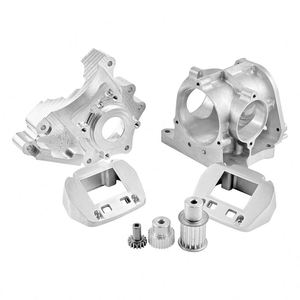
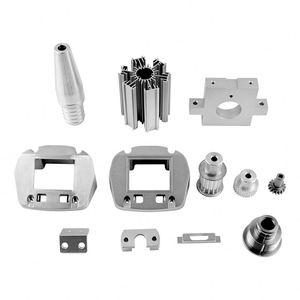
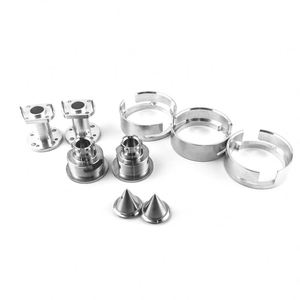
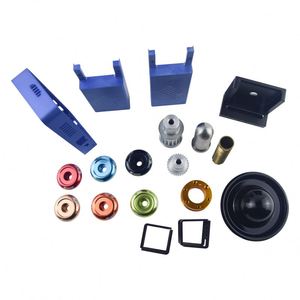
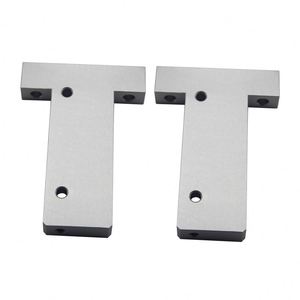
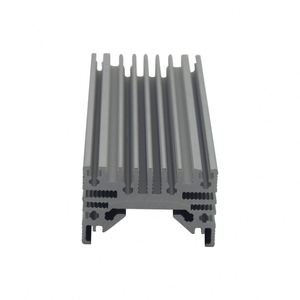




















6061 aluminium forging is a versatile material that is used in many applications. It is often used to create parts for the automotive and aerospace industries. However, to meet the requirements of different applications, it is necessary to classify aluminium 6061 forging into different types. Here are some of the common types of 6061 aluminium forgings.
6061-O aluminum forging
Aluminum 6061-O forging is a type of 6061 aluminum alloy that has been softened through annealing. This type of aluminum forging has good corrosion resistance, good workability and excellent formability.
6061-T6 aluminum forging
This is the most commonly used type of 6061 aluminum forging. The T6, which is a heat treatment designation, indicates that the material has been artificially aged to achieve the highest strength. Because of its high strength and light weight, 6061-T6 aluminum forging is often used to manufacture parts used in the aerospace and automotive industries.
6061-T4 aluminum forging
6061-T4 aluminum forging is a type of aluminum that has been solution heat treated and then annealed to obtain good strength. Due to its good strength and excellent workability, this type of aluminum forging is often used to manufacture parts that require complex machining.
6061-T1 aluminum forging
6061-T1 aluminum forging is a type of aluminum that has been solution heat treated and then annealed to obtain good strength. This type of aluminum forging has good corrosion resistance, good weldability and excellent workability.
Forging Operation
6061 aluminum is used in different forging operations. Below are some of the operations:
Aluminum 6061 is subjected to different heating processes to make it more malleable and ductile. This process helps to break down the alloy's internal grain structure. Aluminum 6061 can be heated up to 410°C (770°F). It undergoes Pre-Heating before any forging operation.
During the forging operation of aluminum 6061, a hammer or press is used to apply high pressure and force to the metal. This helps to change the shape of the alloy without disrupting its internal structure.
During the cooling operation, aluminum 6061 is cooled down in a controlled environment after it has undergone forging. This helps to enhance its mechanical properties.
Composition
6061 aluminum is an alloy that contains silicon and magnesium as its main alloying elements. Silicon is used to increase the weldability and castability of aluminum, while magnesium is used to increase the strength and corrosion resistance of the alloy.
Properties
The 6061 aluminum alloy has useful properties, which makes it suitable for various applications. Some of the properties include good corrosion resistance, medium to good machinability, good weldability, and moderate strength.
Applications
The 6061 aluminum alloy is used in a wide range of applications. Some of the common uses of the aluminum 6061 forging include aircraft and aerospace components, marine fittings, truck and trailer parts, as well as bicycle frames and components.
Wholesale buyers need to consider several factors when choosing 6061 aluminium forgings for their business needs.
Application Requirements:
Consider the specific requirements for the application where the forged components will be used. Consider the mechanical properties, corrosion resistance, and weldability of 6061 aluminum alloys, as well as the importance of these properties to the components in the intended application.
Tolerances and Precision:
Establish the acceptable tolerances and precision levels required for the forged parts. Aluminum forging generally allows for high precision, but the specific tolerances that can be achieved vary according to the complexity and size of the components.
Cost-effectiveness:
Analyze the overall cost-effectiveness of aluminum forging in comparison to other manufacturing processes. While the initial tooling and setup costs for aluminum forging may be higher, the reduction of material waste, the increase of product durability, and the improvement of work efficiency can result in considerable cost savings in the long run.
Supplier Capabilities:
Evaluate the capabilities of suppliers who provide aluminum forging services. Ensure that the supplier has advanced forging equipment, experienced technicians, and quality control systems to guarantee the stability and quality of the forged parts.
Design Complexity:
Consider the complexity of the design of forged components. Although aluminum forging is suitable for parts with complex geometries, the design should be optimized according to the specific forging process to ensure the feasibility and cost-effectiveness of the design.
Surface Treatment and Finishing:
Determine the necessary surface treatment and finishing requirements, such as anodizing, coating, or polishing. Discuss with the supplier the surface treatment capabilities and options available to meet the surface requirements of the forged parts.
Environmental Considerations:
Consider the environmental impact of the aluminum forging process, such as energy consumption, emissions, and material recycling. Choose suppliers who comply with environmental regulations and are committed to sustainable development.
Lead Time:
Establish the expected delivery time and the supplier's ability to meet the delivery schedule. Ensure that the supplier has an efficient production process and supply chain capabilities to avoid delays in project implementation due to delayed delivery of forged components.
Some 6061 aluminum forged parts are easy to replace. Business buyers will find it easy to replace forged aluminum accessories like bike handles and car wheels. However, replacing forged aluminum parts like engine blocks and cylinder heads can be quite difficult. This is because the latter group of aluminum forged parts are critical to the structural integrity and safety of the vehicle.
When a vehicle's engine block or cylinder head cover is damaged, users shouldn't attempt to replace it by themselves. They should hire a professional mechanic to assess the condition of the part and determine whether it can be repaired. If the damage to the part is too severe, the mechanic can help users replace it. Replacing a damaged engine block or cylinder head cover requires specialized tools and knowledge.
Other aluminum forged parts are simple and straightforward to replace. Users can refer to the manufacturer's manual for instructions on how to replace a particular forged aluminum part. They will need the right tools for the replacement. Most importantly, they should handle the replacement with care to avoid damaging the new aluminum forged part.
Below are some tips for replacing aluminum forging parts.
Q. Can one forge 6061 aluminum?
A. Yes, 6061 aluminum can be forged. Aluminum forging of 6061 alloys is strong and long-lasting. As a result, it is appropriate for use in high-stress applications where dependability and strength are required.
Q. What is the difference between 6061 and 6063 aluminum?
A. 6061 aluminum has higher strength than 6063 aluminum. 6063 aluminum is softer and more formable than 6061 aluminum. As a result, 6063 aluminum is often employed in applications requiring good extrusion characteristics, such as the fabrication of complex profiles and architectural components. Because of its higher strength, 6061 aluminum is used in structural applications.
Q. What is the difference between 7010 and 6061 aluminum?
A. 7010 aluminum has a higher strength rating than 6061 aluminum. 7010 aluminum is often used in applications requiring high strength, such as military aircraft and other critical load-carrying components. 6061 aluminum is used where high strength is required but not in applications requiring high strength.